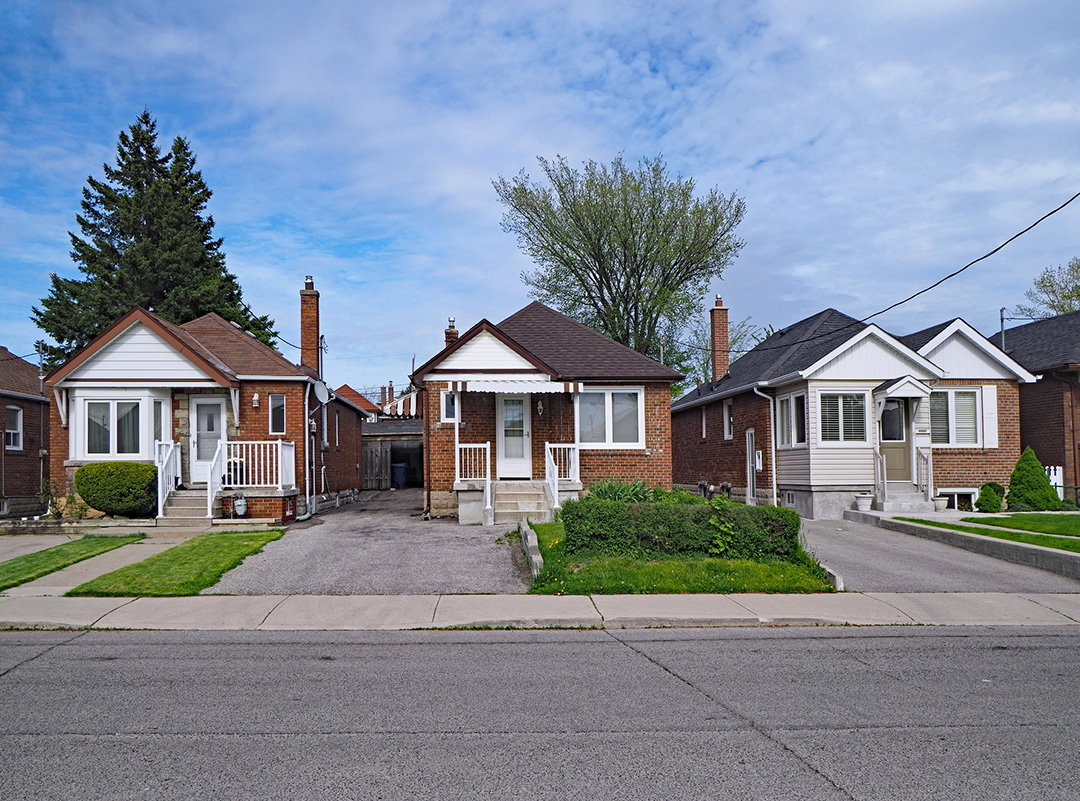Options to Stay in Your Home
Tough financial times can happen to anyone. These are referred to as “hardships” by mortgage companies. If you’re having trouble keeping up with your monthly mortgage payments, there may be ways to avoid foreclosure and stay in your home.
To prevent foreclosure, act quickly.
As soon as you think you may miss a payment, contact your mortgage company — that’s the company you send your mortgage payments to. Ask about options that may help, like the ones listed below. If you want more information before making that call, a housing counselor can provide guidance at no cost.
Refinancing can lower your monthly payments by replacing your existing loan with a new one.
If you’re making your monthly payments on time but struggling with a high interest rate, refinancing may help.
- Refinancing with a lower interest rate may reduce your monthly payment.
- If you have an adjustable-rate mortgage (ARM), refinancing with a fixed rate can provide consistent monthly payments.
Other things to know:
- Refinancing requires application, approval, and closing processes — just like your original loan— along with the associated costs.
- It may also extend your repayment period, which can increase the total amount paid over the life of the loan.
Use our refinance calculator to see how you could benefit.
For short-term hardships, a forbearance plan can temporarily reduce or suspend your monthly mortgage payments.
Sudden financial hardships can occur for many reasons, such as job loss, illness, disability, natural disasters, or divorce. When something affects your ability to make your mortgage payments, a forbearance plan can provide breathing room to get back on track.
- If you qualify for a forbearance plan, you and your mortgage company must agree on how long the forbearance plan should last, the amount of your reduced payments or whether you can pause making payments.
- You will be required to repay the amount that was reduced or missed after your forbearance ends, but not all at once.
- Making partial payments during forbearance will reduce the amount you have to pay when it ends.
- Your mortgage servicer will contact you 30 days before your forbearance plan ends. They’ll work with you to determine the best plan to repay the amount you owe.
If your financial hardship continues after your forbearance plan ends, contact your mortgage servicer to discuss your options.
A reinstatement means you pay the total missed amount all at once and get back to regular monthly payments right away.
If you can make a lump sum payment when your forbearance ends, reinstatement is an option. You do not have to take this option unless you are able to make a lump sum payment.
If you’ve missed mortgage payments or your forbearance plan is ending, consider a repayment plan.
Once you’re able to start making monthly mortgage payments again, a repayment plan lets you repay the missed amount over time. This is in addition to your regular monthly payment.
- Repayment plans are helpful if you can afford extra monthly payments.
- You’ll work with your mortgage company to determine the monthly repayment amount, length of the repayment plan, and other terms.
Try our repayment plan calculator to determine the total monthly payment needed to bring your loan current.
A payment deferral can move up to six monthly mortgage payments to be paid at the end of your loan.
If you’re able to start making payments again but are unable to pay an additional monthly amount, you may qualify for a payment deferral. This will defer, or move, up to six missed monthly payments to the end of your loan term.
- Your monthly principal and interest payment remains the same, but the total monthly payment amount may be affected by escrow payment adjustments for taxes and insurance.
- Remaining balances must be paid at the end of your loan term, or earlier if you sell or transfer your home, refinance, or otherwise pay off your loan.
- The amount deferred to the end of your loan does not accrue interest.
Permanently modifying your mortgage loan’s terms, such as the length of the loan or interest rate, reduces the monthly mortgage payment and can make it more affordable.
If you are facing a long-term hardship (generally more than six months) and are behind on your mortgage payments — or expect to fall behind soon — a loan modification may be an option.
- Extending the length of your loan repayment period may increase the total loan amount you pay over the life of the loan because you’ll pay interest over a longer repayment period.
If you have a Fannie Mae home loan and are approved for a trial modification, you may be eligible for free financial counseling for up to 12 months. Your counselor can help you make a plan to reduce debt, manage expenses, and meet your financial goals.
Once you have a better understanding of your mortgage relief options — and which might work for you — it’s time to contact your mortgage company.
- You can prepare for that conversation with these tips.
- For personalized guidance at no cost, contact a HUD-approved housing counselor.
Although these situations can feel overwhelming, remember there are relief options available. So don’t wait — the sooner you explore solutions, the sooner you can get your mortgage back on track and feel more secure in your home.
Options to leave your home
If you decide that staying in your home is not right for you, there are ways to transition out of your home and still avoid foreclosure.






